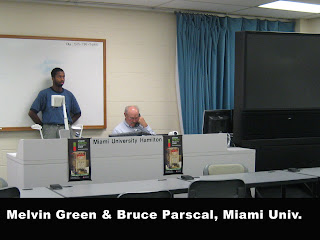Microsoft has now partnered with Yahoo (after unsuccessfully trying to acquire it) and this will surely make the challenge with Google more interesting. Bing is now receiving favorable reviews from various circles and has also slowly increased its share. With Google challenging Microsoft in the operating system and Office software fields, the battle will only benefit the users again. That is what I am most gleeful about.
Bing has clearly seen the search engine from the perspective of the ‘regular’ person and has organized the page accordingly. The thing about the ‘regular’ person is that more and more people use the search engine for almost everything, hence blurring the lines.

Some of the other useful features that Bing has highlighted (see/click images for details):
* Images can be quickly displayed in various formats (small, medium, large, with information) and pop out when hovered. More images are displayed if you wait.
* Videos will start playing when hovered, thus saving you time. (This could actually be a bit annoying since you can accidentally play a video when just moving around the page. Just hover out!)

*Popularity index of the searched term is displayed in a time-line graph. This also shows the top-ranked searches in the same ‘category’ helping you find the most popular item in the searched ‘category’.
It will now be interesting to see if Google ups the ante and provides newer features. Google currently has over 70-80% (numbers vary) of the search engine market, but time will tell if Bing will make a ding in this share.
Technologies: Google (Search Engine), Bing
Contact me:
Sujan Manandhar
Technology Integration Specialist,
Foreign Language Center
Ohio State University

